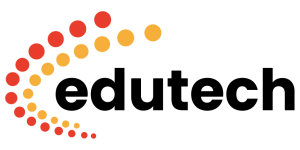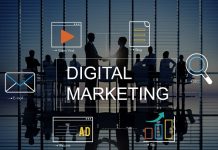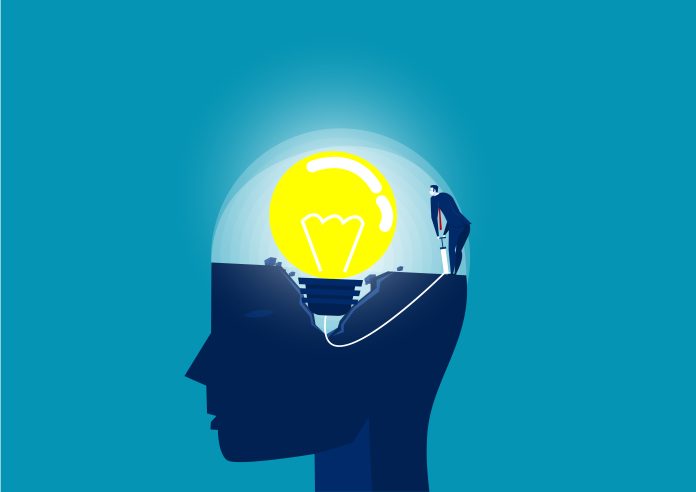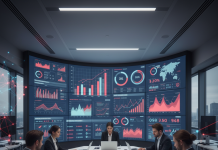In a world where artificial intelligence tools are ubiquitous, from chatbots and recommendation engines to generative models and decision-support systems, there’s a growing temptation to outsource thinking to machines. But in doing so, businesses risk eroding a key human differentiator: critical thinking.
For decision-makers, marketers, and business leaders, understanding how AI and critical thinking interact is no longer optional, it’s essential. This article explores why critical thinking matters more than ever in the AI era, how to cultivate it, and how to strike the right balance between human insight and machine augmentation.
Why Critical Thinking Remains Irreplaceable
1. AI is powerful, but not omniscient
AI systems excel at pattern recognition, data processing at scale, and generating plausible outputs. However, they often lack:
- Contextual awareness – AI may not grasp industry-specific subtleties, cultural factors, or shifting market dynamics.
- Judgment under uncertainty – when data is incomplete or contradictory, human judgment is vital.
- Ethical reasoning and value alignment – AI can perpetuate bias or opaque logic unless supervised.
- Originality and divergent thinking – genuine breakthroughs often stem from human insight, not trained correlation.
Thus, AI and critical thinking must be viewed as complementary: AI delivers speed and breadth, while humans apply scrutiny, judgment, and ethical constraints.
2. The risks of cognitive offloading
“Cognitive offloading” refers to relying excessively on external aids (in this case, AI) to do thinking for us. A study published in Societies found a strong negative correlation between AI usage and critical thinking scores (r = –0.68) in a sample of participants.
As AI use grows, some users may skip the step of verifying AI outputs or critically assessing suggestions, leading to degraded reasoning over time.
Other research warns that using AI dialogue systems habitually may lead to reduced information retention, diminished willingness to dig deeper, and increased dependence on the tool.
3. AI output is not always trustworthy
Generative models can hallucinate, misrepresent facts, or embed bias. They may also lack transparency in how they arrive at an answer. Without human oversight, erroneous or misleading content can slip through unchecked.
Therefore, critical thinking intervenes as a quality filter, verifying sources, challenging assumptions, cross-checking data, and judging plausibility.
4. Business consequences of weak critical thinking
For B2B companies and decision-makers, weak critical thinking can lead to:
- Poor strategic decisions based on superficial AI recommendations
- Missed risks (market shifts, regulatory changes, ethical pitfalls)
- Loss of differentiation, as competitors combine AI + human insight more effectively
- Reputational damage if flawed AI outputs are published unvetted
In contrast, organizations that integrate AI and critical thinking can gain stronger, more defensible decisions, faster iteration, and sustainable competitive advantage.
How AI Can Enhance Critical Thinking
1. Prompting reflection and debate
By asking AI to propose counterarguments, critiques, or alternative interpretations, you provoke metacognitive engagement rather than blind acceptance. A recent study demonstrated that “provocations”, small textual prompts offering critique, led users to engage more critically with AI suggestions.
2. Surfacing patterns, not conclusions
Use AI to gather trends, correlations, or summaries, but don’t stop there. Ask yourself why patterns exist, what underlying causes might be, and how contextual factors could alter interpretation.
3. Scenario simulation and stress-testing
Let AI generate multiple future scenarios, adverse case outcomes, or “what-if” models. Then apply critical thinking to evaluate which are plausible, which assumptions are risky, and which paths warrant deeper investigation.
4. Speeding secondary research
AI can rapidly sift through reports, datasets, and domain literature, freeing human time for synthesis, insight, and challenge. In this sense, AI becomes an intelligent assistant, not a replacement.
5. Teaching AI to debug itself
In educational settings, some instructors ask students not just to use generative AI, but to critique the AI’s outputs, for internal inconsistencies, missing context, or bias. This dual use (creation + critique) builds stronger thinkers.
Cultivating Critical Thinking in Your Organization
Below are practical steps for embedding critical thinking as a habit across teams.
1. Training and mindset shifts
- Run workshops on logical fallacies, argument mapping, bias awareness, and source evaluation.
- Encourage a skeptical mindset, “assume AI suggestions are hypotheses, not facts.”
- Set guidelines: always ask “why,” “how,” “what if,” and “what’s missing.”
2. Process design and guardrails
- Review loops: before adopting AI outputs, require human validation or peer review.
- Prompt templates: include instructions like “identify flaws or counterarguments” or “present alternative views.”
- Red teaming: assign a team to critique AI-based strategies or proposals.
3. Create a culture of questioning
- Recognize and reward people who challenge assumptions, dig deeper, or surface blind spots.
- In meetings, allocate time for dissent and critical discussion, even when AI gives “good-looking” insights.
- Use diverse viewpoints (cross-functional, interdisciplinary) to avoid groupthink.
4. Metrics and feedback
- Track decisions that resulted from AI + human review and compare their outcomes versus AI-only decisions.
- Use post-mortems to analyze when assumptions failed and how critical thinking could have caught them sooner.
- Incorporate critical thinking assessments (e.g. scenario-based quizzes) into training and hiring.
5. Hiring and talent development
- Screen for analytical thinking, intellectual curiosity, and resilience under ambiguity.
- Develop mentorship programs where junior employees learn from seniors on how to question AI outputs.
- Encourage rotation across roles to broaden perspective and reduce tunnel vision.
Future Outlook
- Cognitive integration models: Emerging research explores how AI can become a cognitive extension, not just a tool, amplifying human thought while preserving agency.
- Curriculum evolution: Business and tech education will integrate AI + critical thinking training side by side.
- Explainable AI (XAI): As explainability improves, humans can better audit AI reasoning.
- AI as a debate partner: Future systems may explicitly generate counterarguments, simulate adversarial reasoning, or act as “devil’s advocates.”
- Hybrid decision models: Organizations will formalize roles where AI proposes and humans judge, a symbiotic division of labor.
As this synergy deepens, AI and critical thinking will no longer be competing forces, they’ll become co-drivers of smarter, more accountable enterprises.
Conclusion
In the age of AI, critical thinking is not optional, it’s indispensable. While AI offers powerful tools for scale, pattern recognition, and speed, it cannot replace human judgment, context-sensitivity, ethical reasoning, or creative insight.
To survive and thrive, organizations must embed AI and critical thinking into processes, culture, and hiring. When harnessed well, this pairing becomes a formidable engine for innovation, resilience, and competitive advantage.
Don’t let your teams stop thinking just because AI is handy, teach them to think with AI instead of being overshadowed by it.
FAQs
1. How does AI usage impact human critical thinking ability?
Studies indicate that heavy reliance on AI tools is correlated with poorer performance on critical thinking measures, suggesting that overdependence can degrade independent reasoning over time.
2. Can AI ever replace critical thinking entirely?
No. AI lacks true understanding, ethical reasoning, and creative synthesis. Its outputs must be contextualized, critiqued, and validated by humans.
3. How can business teams integrate critical thinking when workloads are high?
Use lightweight protocols, pre-decision checklists, reflection pauses, quick peer reviews, and prompt guardrails to force minimal critical review.
4. What role should leadership play in fostering critical thinking?
Leaders set the tone: encourage dissent, model curiosity, prioritize reflection time, celebrate constructive critique, and resist the allure of “fastest AI output wins.”
5. Are there tools or frameworks that help with combining AI + critical thinking?
Yes, prompt templates that ask for alternate views, debate agents that throw counterarguments, and “provocation” modules that trigger metacognitive checks. 6. How do I measure improvement in critical thinking in an AI-augmented team?
You can use scenario-based assessments, track decision quality vs. AI-only baselines, conduct post-mortem reviews, or survey team confidence in reasoning.










